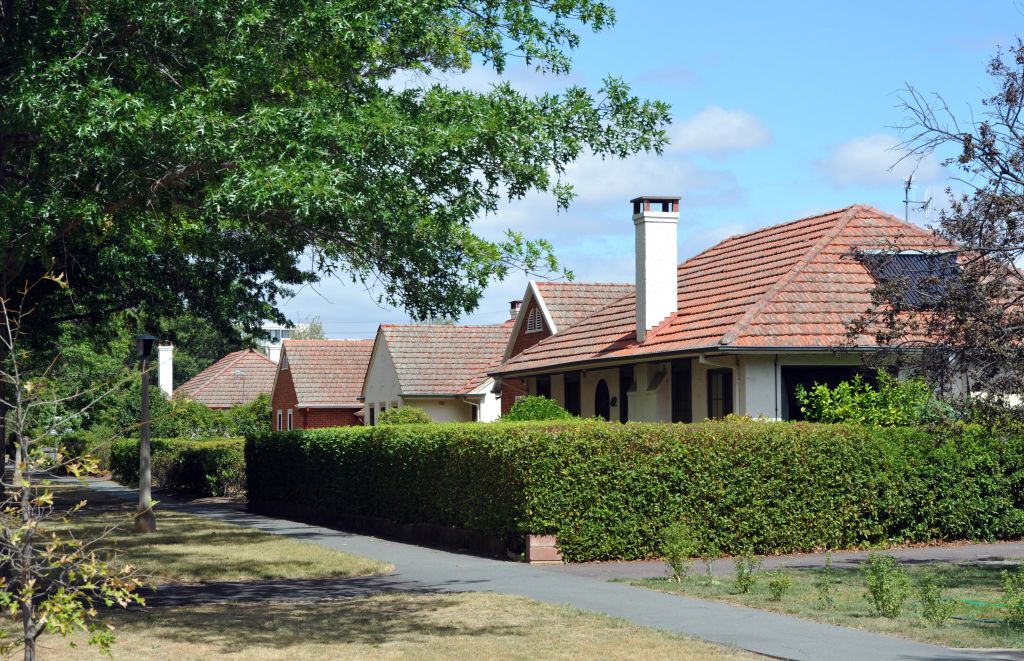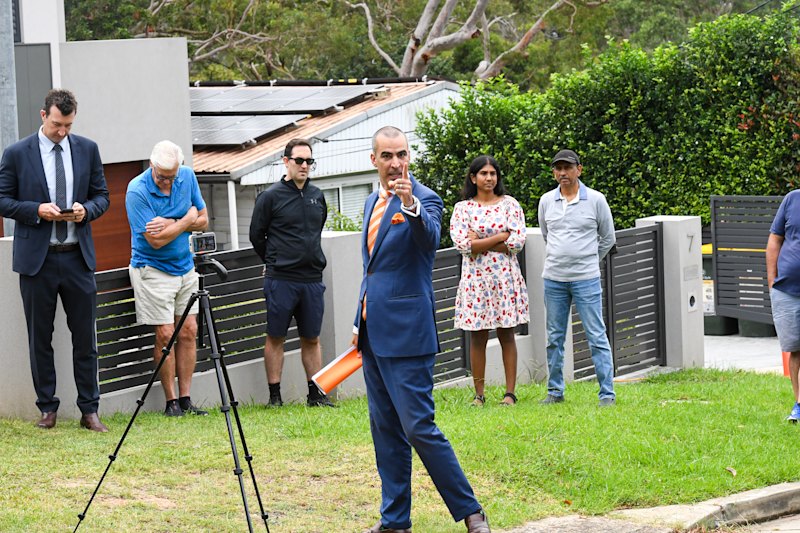Why buying property in the ACT is different from other states and territories

The ACT might be the smallest of the states and territories, but buying property is a whole different game – from 99-year leases and mandatory disclosure of energy efficiency ratings to the phasing out of stamp duty.
For outsiders, it may seem complicated but it’s actually fairly straightforward. So if you’re looking to come and join in the fun of Canberra roundabouts, here’s what you need to know.
99-year lease
All residential land in Canberra is leasehold, so technically nobody buys land in the nation’s capital, instead they lease the land for 99 years. But don’t worry – you won’t get evicted and you don’t pay a weekly fee.
As most of the ACT’s first development took place in the 1920s, there have been no instances of leases expiring. In fact, the first of the leases is not set to expire until 2023.
However, leasees are only required to pay a small fee to renew their leases for another 99 years, so there’s no need to worry about eviction. There have been instances of owners corporations already applying for renewals.
This doesn’t have any bearing on how you go about buying property in the ACT, as buyers still follow the same processes they do when buying in other states or territories.
Stamp duty reforms
In 2012, the ACT Labor government embarked on ambitious stamp duty reforms. At the end of the 20-year program, transfer duty will no longer be payable in the territory.
Over the seven years since total taxation revenue in the ACT from stamp duty has declined from 20 per cent to 13 per cent – the ACT has the lowest stamp duty dependence in the nation. A recent Domain analysis showed Canberra and Brisbane pay the lowest stamp duty of the capital cities.
But while the government has given with one hand, they have taken away with the other.
The reform program actually replaces conveyance duty taxes with rates and, as a result, there have been massive hikes to rates. This financial year alone, unit rates will rise on average 11 per cent and houses will rise on average 7 per cent.

Mandatory disclosures of energy efficiency ratings
The ACT is the only state or territory where it’s mandatory to disclose the energy efficiency rating of a property when it is sent to market. These laws came into effect in the late 1990s and were among the world’s first.
Prior to putting a house on the market, a vendor is required to employ a trained energy assessor to inspect the house and determine a rating.
Land tax (unimproved land value)
Land tax in the ACT is payable on all investment properties, it is not based on an aggregation of all property assets. Increases to the tax also form part of the stamp duty reforms.
On current Domain data, rental yields for houses in Canberra is 4.3 per cent, and for units it’s 6.1 per cent.
There are two components that determine how much land tax is payable – a fixed charge and a valuation charge. The fixed charge is $1263 and the valuation charge is calculated by applying a rating factor to the average unimproved value.
Price guides
Laws around price guides are highly contentious and a point of great difference across the states and territories. For example, it’s illegal to give a price guide in Queensland while it’s mandatory in Victoria.
The ACT has some of the laxest price guide laws in the nation. It’s up to the agent’s discretion as to whether they are willing to disclose a guide prior to an auction and there are no laws around vague guides, unlike in NSW.
Industry stakeholders believe underquoting is rare in Canberra but in the past, the government’s regulatory body, Access Canberra, has received complaints of underquoting.
Building inspections
In Canberra, it is the responsibility of the vendor to do a building and pest report of their house prior to selling. All relevant documents are then passed onto the buyer.
We recommend
We thought you might like
States
Capital Cities
Capital Cities - Rentals
Popular Areas
Allhomes
More







